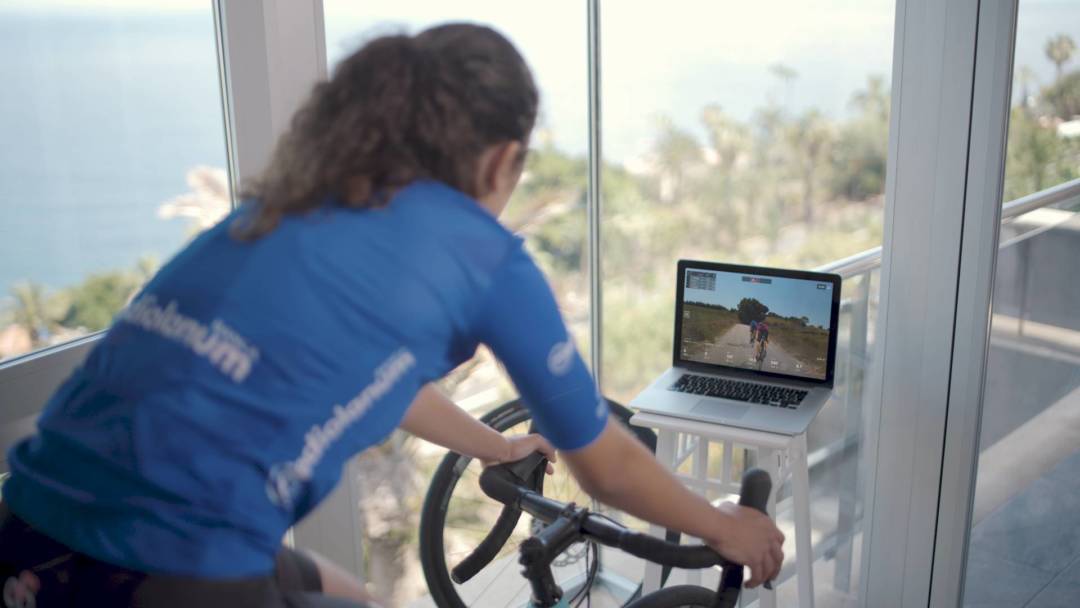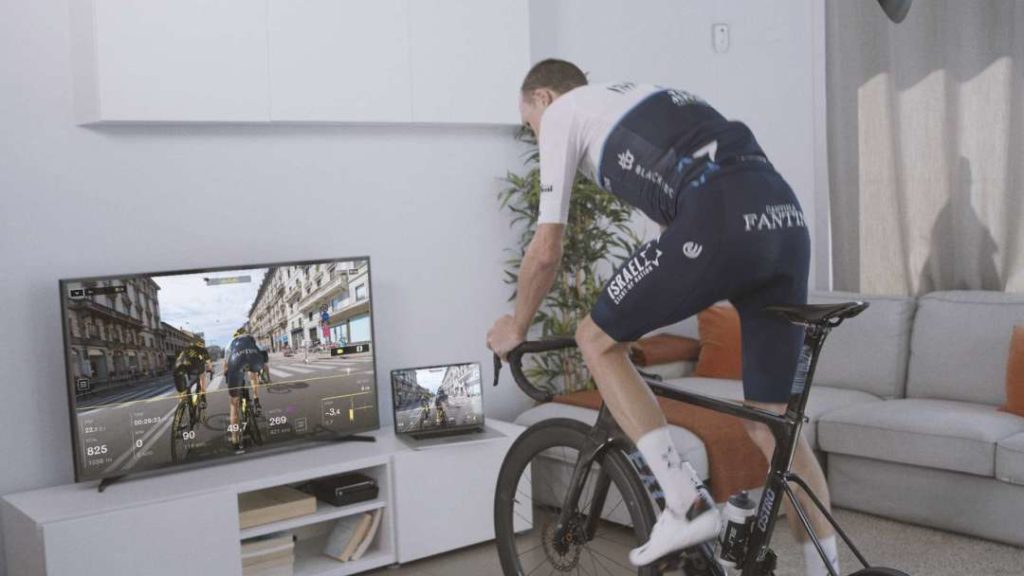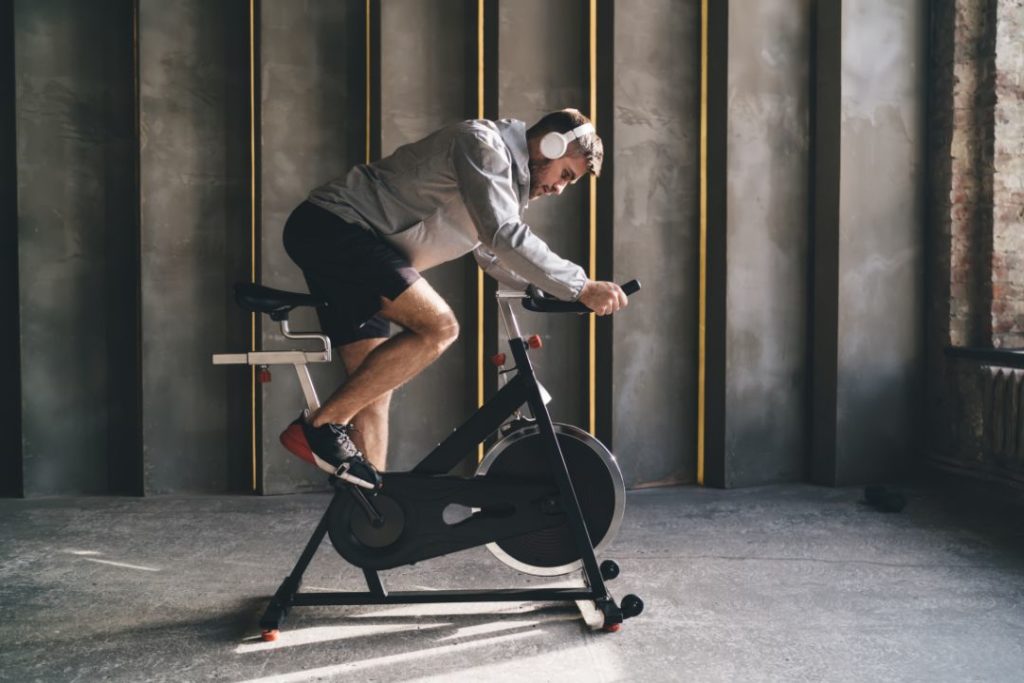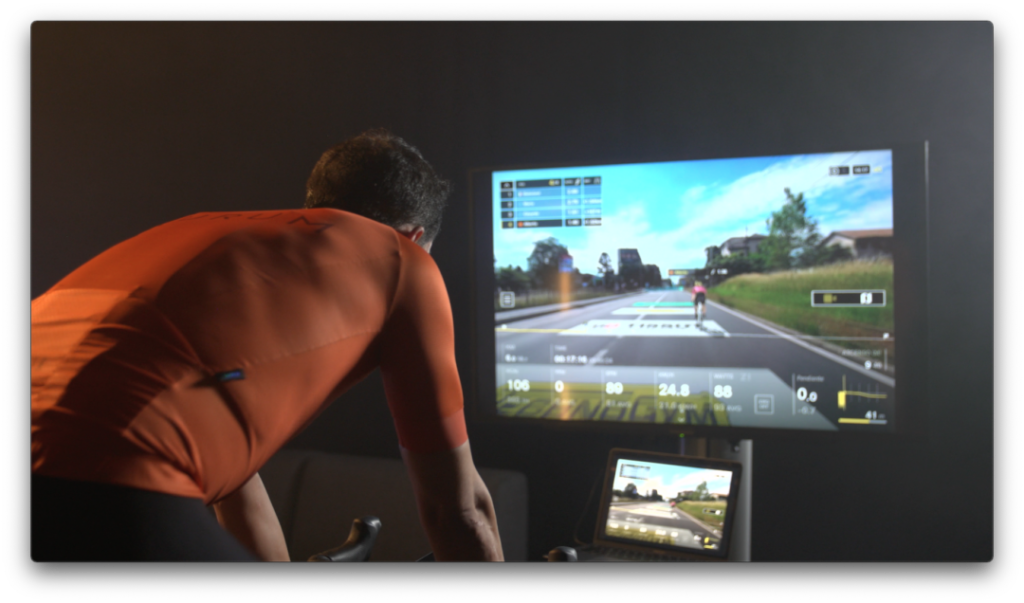One of the big questions that amateur cyclists have is whether the technique they will use when cycling indoors, using the BKOOL simulator, will be the same as when they are outdoors.
Considering that the experience on the new Smart trainer models is becoming increasingly more similar to that outdoors, the answer to this question should be yes. Keep in mind that the rocking systems, which allow us to incorporate lateral movement on our bike when we stand on it, or the rocking system, which “wobbles” your bike similar to the movement you might have on the road, make our pedaling structure very similar to the one we use in any outing with our group mates.
But there’s more: in recent times platforms are becoming fashionable: wooden structures on which to place the Smart trainer and the bike, and that depending on the posture we use, apply more or less pressure simulating the asphalt and its inclinations.
In this context, you can rest assured: there will be no difference between the muscles you use on a BKOOL training session and those you may use outdoors.
Which muscles are used while cycling?
One of the great advantages of cycling is that it is a very complete sport: although we think that we only use the lower body, the one most related to pedaling, it is true that both core and upper body are involved, and their training -either specifically on the bike, or with strength sessions-, is important to improving performance.
It should be kept in mind that the muscles involved vary depending on the time of the pedal stroke we are in: if we are in the “pressure” phase-which would be, if we consider the crankset a clock, between one and four or five o’clock in the afternoon-we will use some, and if we are in the “recovery” phase-between seven and eleven o’clock-we will use others.
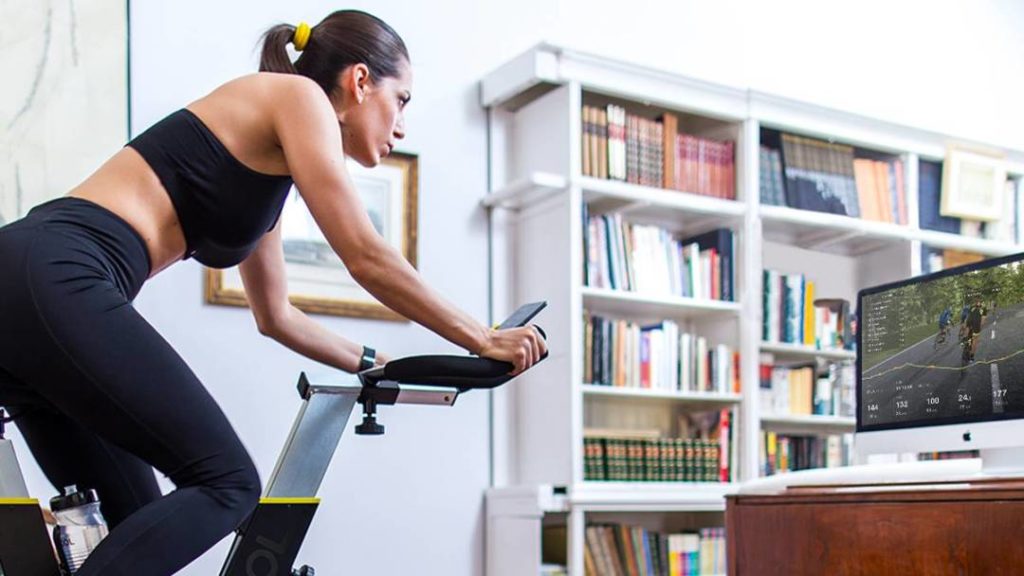
Let’s look at it in more detail:
Pressing phase: this is where we are going to develop more strength work, since we want our pedal to keep turning. The quadriceps are going to transmit all their power to the glutes. The one that works the hardest, in fact, is the gluteus maximus, which can develop up to thirty percent of the force you transmit to the sole of your foot.
Once we have finished the pressing phase, it is time to recover the foot. There is a brief space of time in which we have to “pull the foot back”, to begin the phase of approaching a new revolution, which would be to carry the foot, seen laterally, from right to left, and at the bottom of the pedal stroke.
In this phase, the muscle that is worked the most is the hamstring, which loads to bring the lower leg back.
From there, we enter the third phase, the elevation phase, in which more muscles are involved: calf, quadriceps, hamstrings, gluteus and hip flexor muscles will work in unison to return the foot and pedal to the top of the movement.
Keep in mind that the leg that is most dominant in this phase is the opposite leg.
Why is it important to work the core?
As we said, it’s not just the lower body: core and upper body are also involved, especially when it comes to giving the body stability. The firmer you are at the momentum of the pedal stroke, the less energy will be lost in the movement that carries the force from the buttock to the foot, which will result in less fatigue and better paces.
To work all these muscles, we recommend the specific sessions you can find in our workout finder. Look for one where you have to work at high watts and low cadence. This will mean that, during the course of each intensity block, you will have to stand up, which will work on your strength.
Then, when you finish the cadence blocks, you will find that pedaling at higher RPMs, and lower watts, is much easier.
In our fitness sessions you will also find classes that work these positions, and the muscles involved, specifically.
 Go to BKOOL
Go to BKOOL
